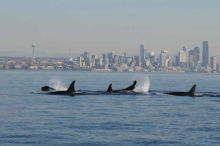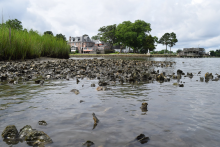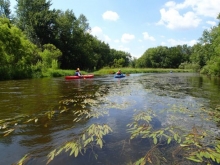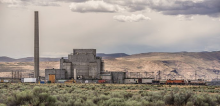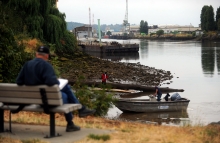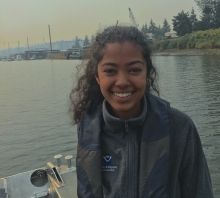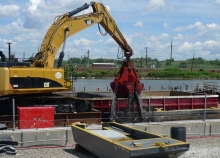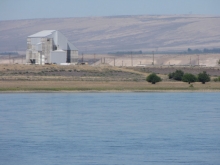Posts tagged with
Superfund sites
The Value of Urban Waterways
alyssa.gray
Wed, 07/28/2021 - 13:27
Coordination is Key: Moving toward restoration at the St. Louis River Interlake/Duluth Tar site
alyssa.gray
Thu, 03/15/2018 - 18:54
How Do You Begin to Clean up a Century of Pollution on New Jersey’s Passaic River?
alyssa.gray
Tue, 05/31/2016 - 18:49

